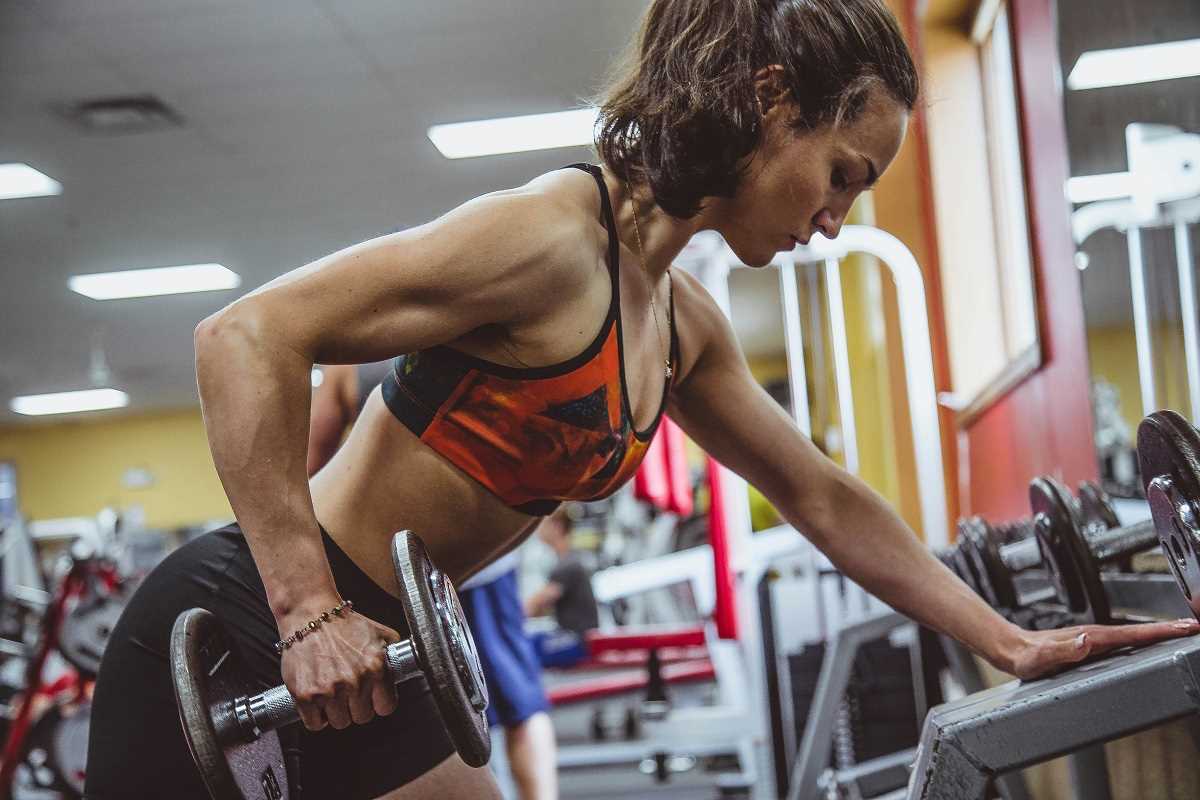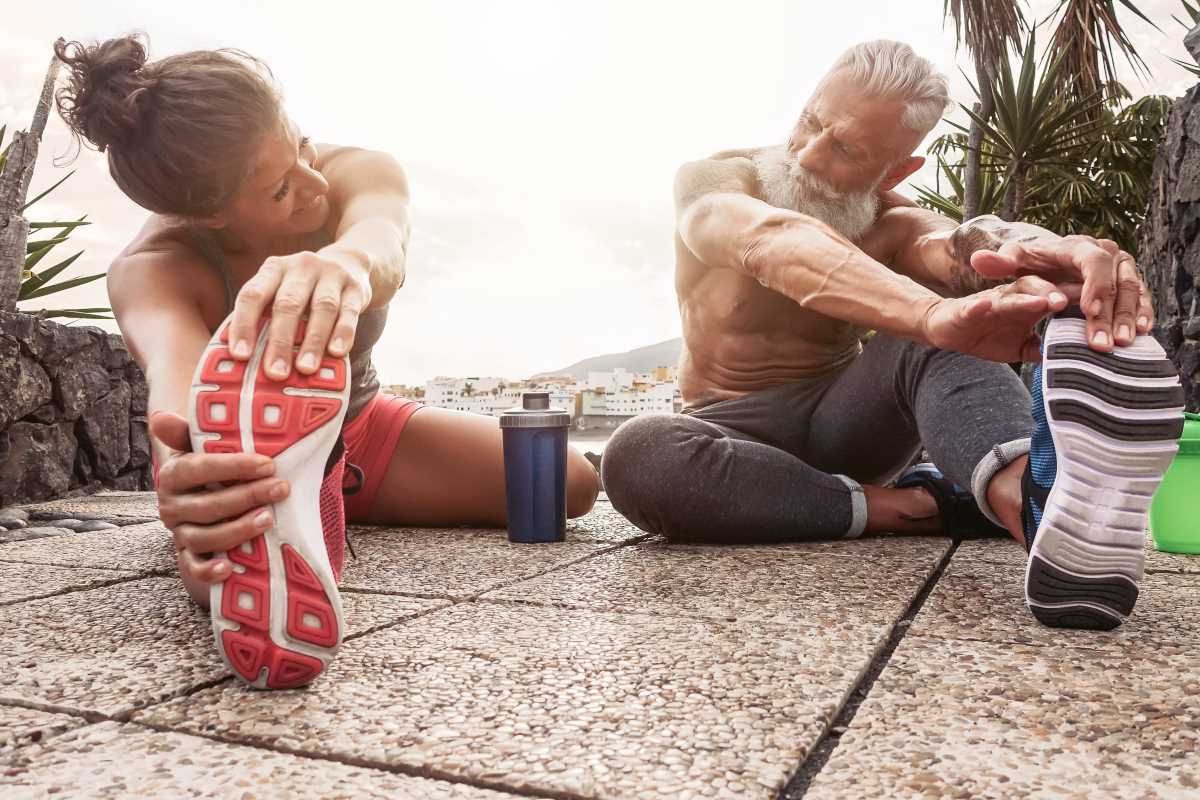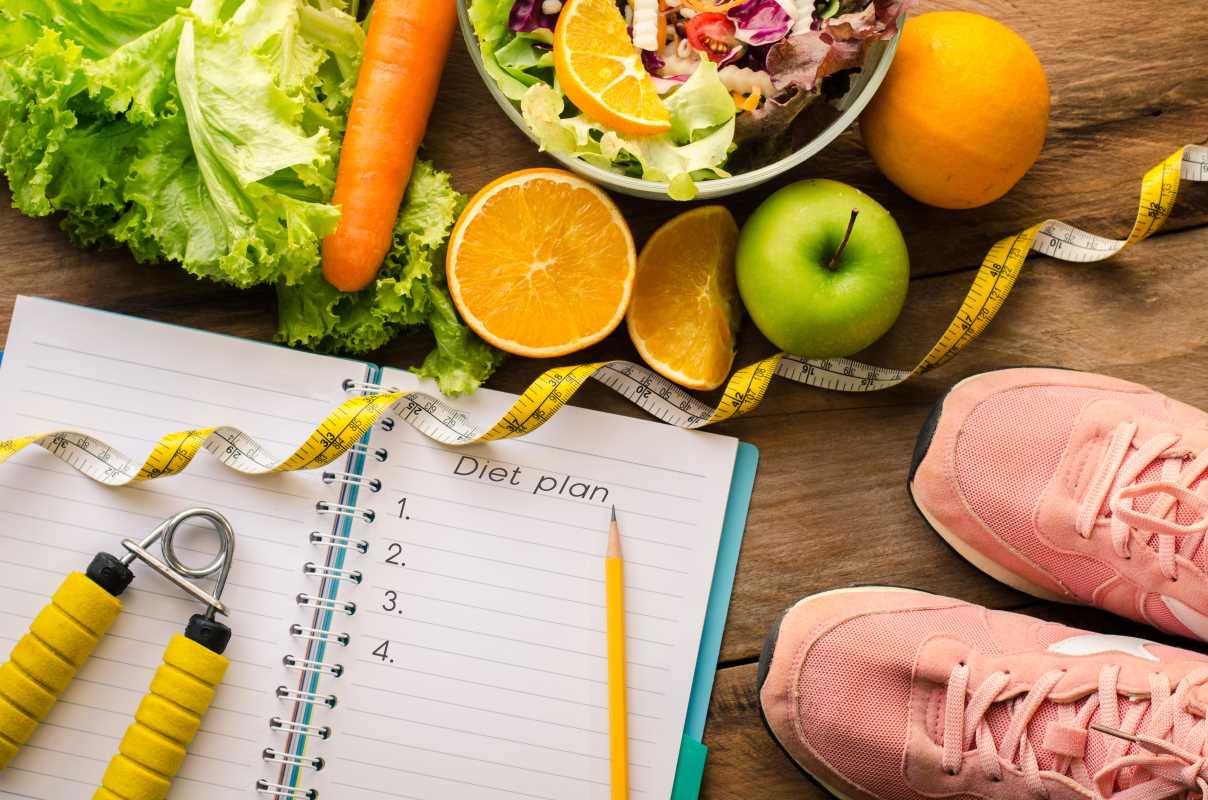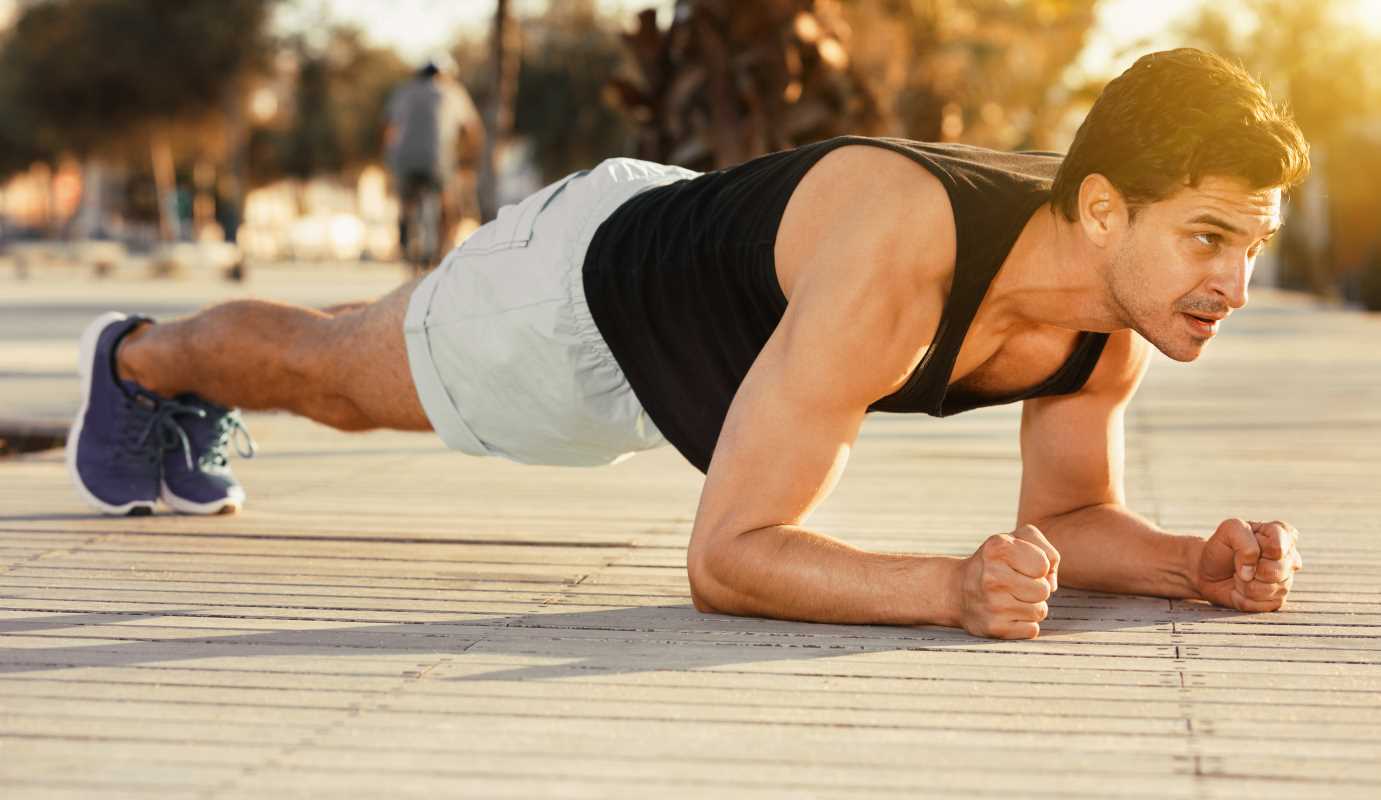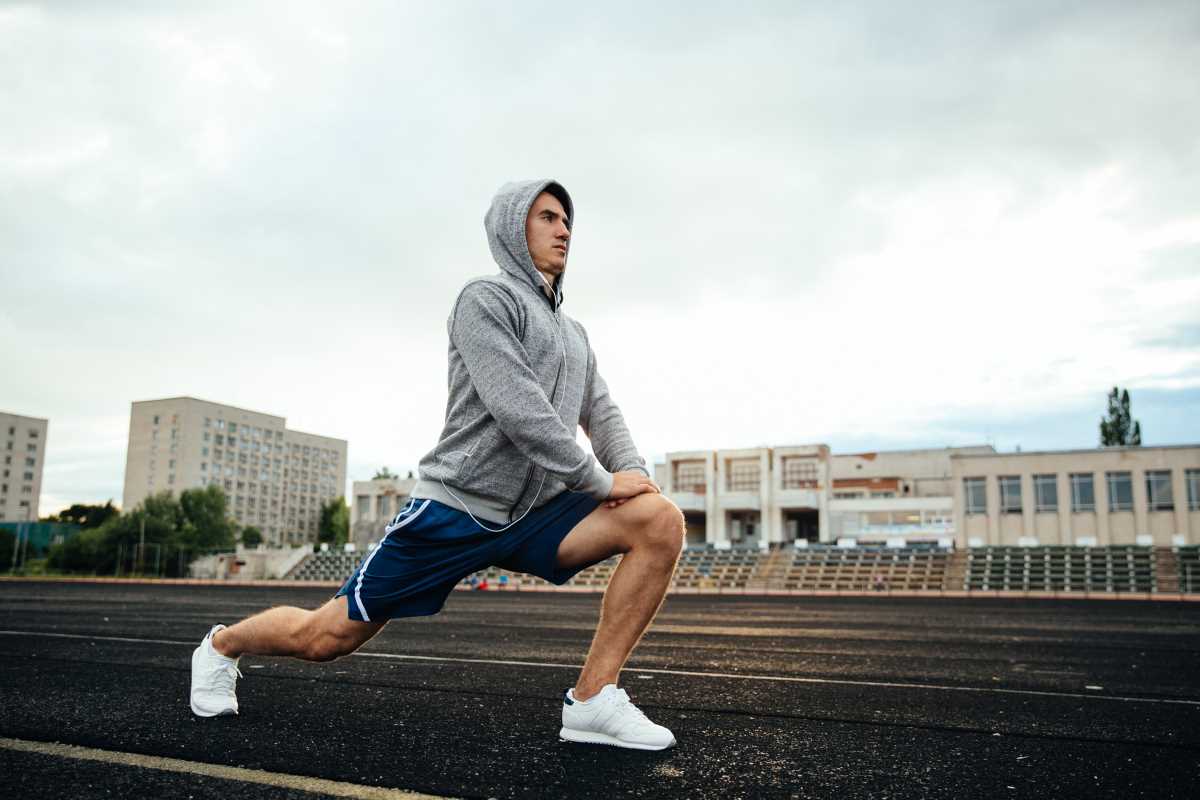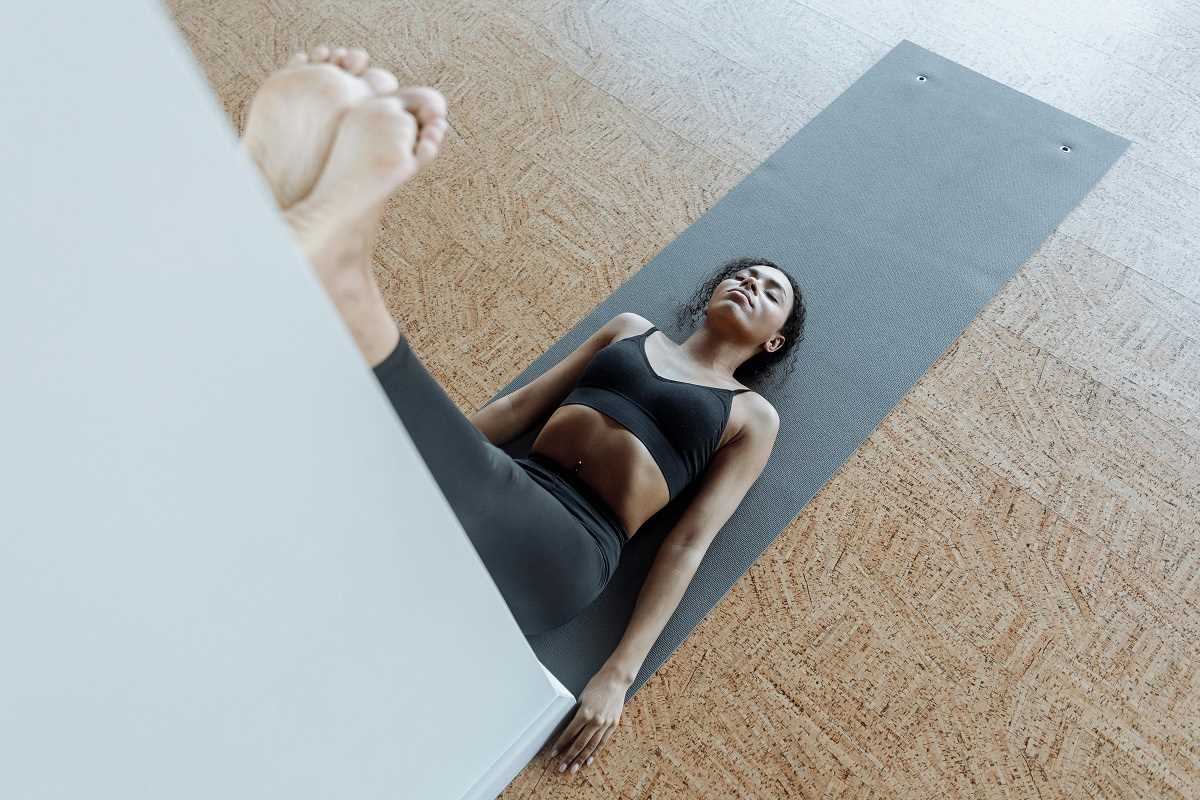Strong muscle recovery keeps your workouts productive and helps reduce the risk of injuries. Giving your body enough time to heal after exercise ensures you get the most benefit from each training session. Using recovery tools, such as foam rollers or massage guns, can ease soreness and help muscles repair more quickly. When you select methods that support your body’s healing process, you can look forward to each workout feeling more energized and prepared. Consistent recovery routines help maintain flexibility and strength, making exercise not only safer but also more enjoyable over time.
After intense exercise sessions, your muscles need proper rest and specialized care. Using the right recovery tools helps you bounce back quickly, reduces soreness, and promotes long-term fitness improvements.
Muscle Recovery and Its Importance
Your body repairs and rebuilds muscle fibers that break down during exercise through muscle recovery. This process strengthens your muscles and makes them more resilient over time. Rushing recovery or neglecting it increases the risk of overtraining and injuries that slow your progress.
Taking the time for structured recovery often leads to better performance during workouts and fewer aches afterward. Activities like stretching, hydration, and the use of dedicated tools work together to accelerate your body's natural healing process and keep your muscles in top condition.
Top 5 Recovery Tools for Quicker Muscle Healing
- Foam rollers serve as a popular choice for self-massage and relieving muscle knots. Rolling out tight spots boosts blood flow, which speeds up the repair process. Many users find that spending a few minutes with a foam roller reduces stiffness and improves movement. They are generally affordable and simple to use at home. Consistently incorporating foam rolling into your routine can improve muscle recovery and flexibility over time.
- Massage guns like the Theragun deliver a deep tissue massage targeting sore muscles. These devices operate through percussive therapy, which sends rapid pulses to muscles, easing tension and enhancing circulation. Many fitness enthusiasts use massage guns after intense workouts to quickly lessen discomfort. Using a massage gun often feels like a professional deep tissue massage at your fingertips. They can be adjusted for various intensities, making it easy to customize the experience to your needs.
- Cold therapy tools, including ice packs and cold compression wraps, help reduce inflammation. The cold decreases swelling and numbs sore areas, which can greatly improve recovery time after vigorous workouts. Many athletes rely on cold therapy as a key recovery step immediately after training. These tools are simple to use—just apply them to the affected area for a set period. Their portability and ease of use make them a vital part of any recovery kit.
- Compression gear such as sleeves or socks gently press on muscles and limbs. Compression encourages blood flow and reduces soreness after exercise. This gear helps prevent and alleviate post-workout discomfort. Many athletes prefer compression wear because it is comfortable during and after workouts. Its simple design belies its positive impact on recovery and overall muscle health.
- Electrical muscle stimulation (EMS) devices send low-level electrical impulses through muscles. These impulses promote relaxation and can speed up recovery after strenuous training sessions. EMS devices offer a unique way to jump-start recovery, especially following heavy workouts. Users appreciate that EMS devices let them relax and recover without needing a professional massage. With adjustable settings, you can customize the treatment to target specific muscle tension areas.
Choosing the Right Recovery Tool for Your Needs
When selecting recovery tools, consider your workout intensity, preferred recovery methods, and specific muscle discomfort areas. Not every tool fits all needs, so think about how accessible and comfortable a recovery tool will be for your routine.
The following points help you make a well-informed choice:
- Assess how easy each tool is to use and carry. If you train in different locations, a compact and lightweight device might be best.
- Check your budget. Some tools, like foam rollers, offer low-cost options, while massage guns or EMS devices may require a larger investment.
- Identify your specific recovery challenges. If muscle knots bother you, a massage gun or foam roller could be ideal. If inflammation is a major concern, cold therapy might be the best choice.
- Read reviews and expert opinions aligned with your workout style. Seeing how others with similar routines benefit from these tools can guide your decision.
- Try different tools when possible. Many gyms and fitness centers offer trial sessions with various devices, helping you find the most effective one for you.
Making an informed choice ensures that the recovery tool you pick fits naturally into your routine and addresses your specific needs. Combining different tools can also effectively target multiple recovery aspects at once.
Tips to Maximize Recovery Benefits
Balancing exercise with proper recovery is essential, and tools alone cannot do all the work. Combining them with regular stretching, proper hydration, and balanced nutrition helps your body handle training stress well. Consistently using recovery tools as part of your routine will help you see lasting improvements in muscle performance.
Listen to your body to further enhance recovery. Engage in gentle activities like walking or yoga on rest days to keep muscles active without overexerting. Planning rest days and gradually increasing workout intensity helps prevent burnout and injuries.
This approach allows you to make small adjustments based on how you feel after each workout. Staying consistent, attentive, and using the right tools can change how well your muscles recover after each session.
A solid recovery routine supports enjoyable workouts and helps you reach your fitness goals more quickly. Paying attention to recovery is as important as exercising.
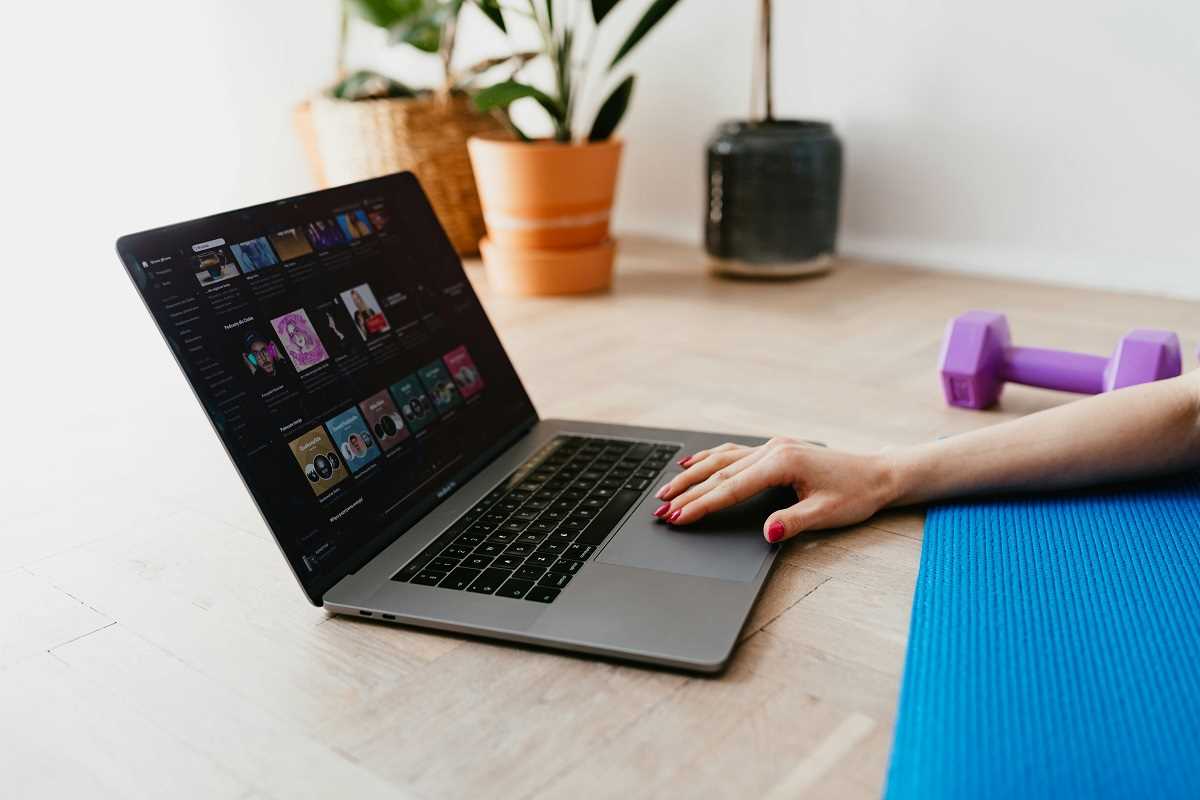 (Image via
(Image via